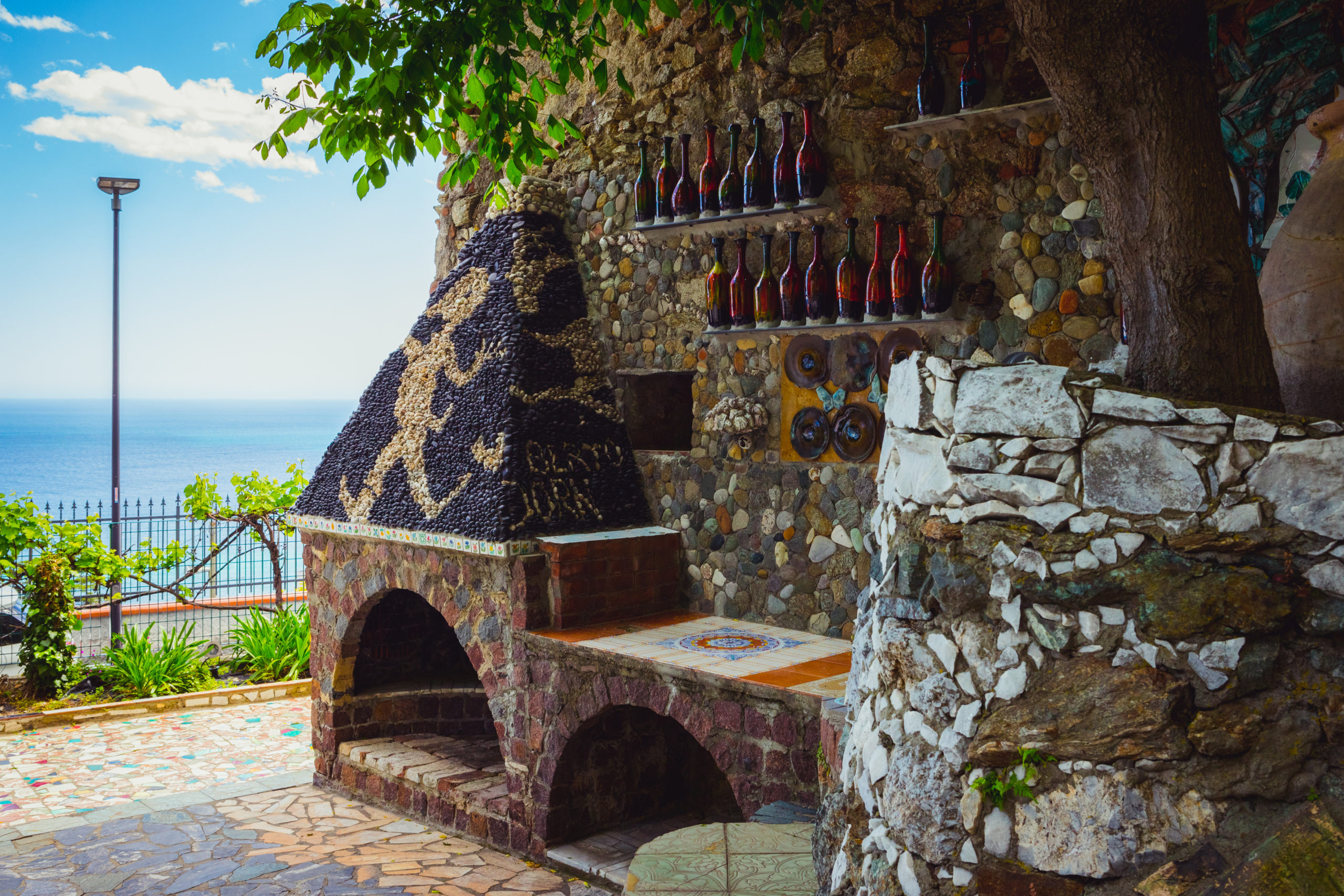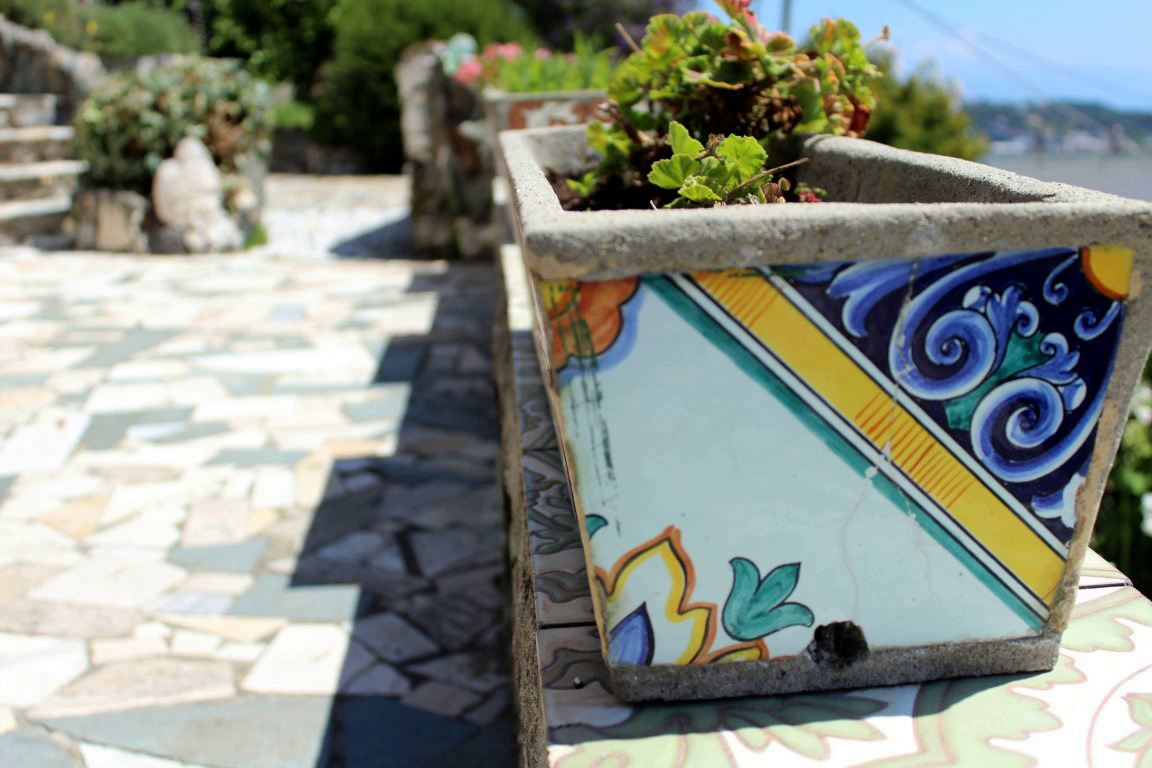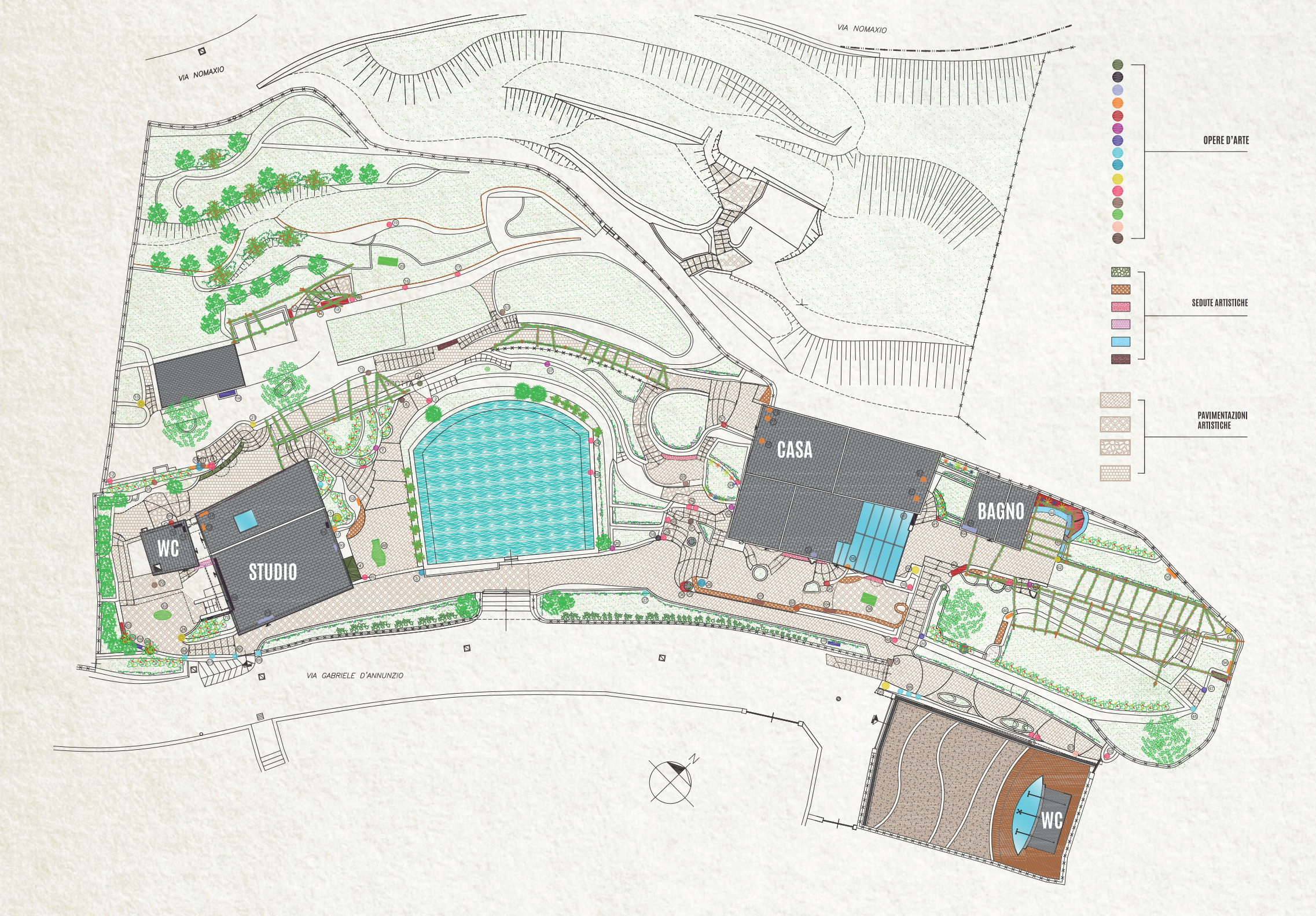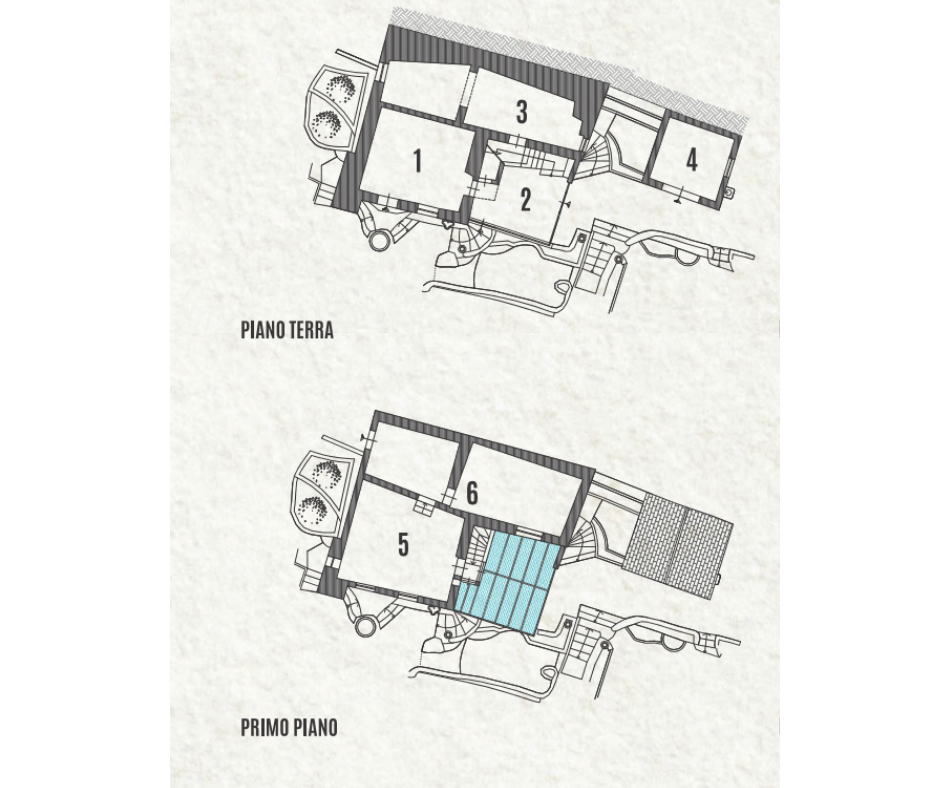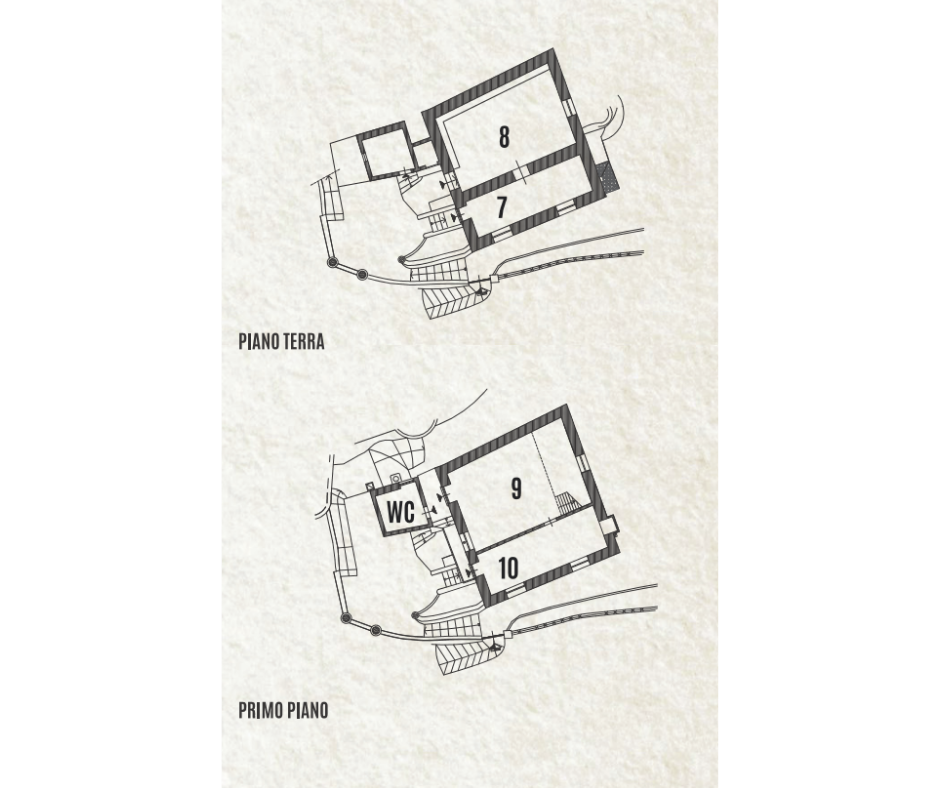Jorn conceived art and architecture as an organic set of space,shapes, spontaneous, free and lively colors capable of improving the lives of people and the community. Jorn respected nature, animals, children and willingly shared with them and with friends the moments of celebration and relaxation that he alternated with tenacious artistic and intellectual commitment. Each work of art or decoration inside and outside the house was decided by Jorn. In the case of walls, floors and building works, the implementation was entrusted to Berto. The ceramics, sculptures and paintings were made directly by Jorn and installed with the help of Berto. To cover the outdoor floors, Giovanni Poggi (the potter of the San Giorgio factory where Jorn worked the ceramics) brought in a truck of colored tiles from the Ceramiche Artistiche of Santa Margherita Ligure. Berto brought some large ceramic electric insulators from the factory where he worked, which Jorn used as pedestals to display his sculptures in the garden, or as tables on which to eat outdoors. Berto, helped by his nephew Angelo, sleveled the land, built retaining walls for the terraces to be cultivated, maintained the vegetable garden, the orchard and the vineyard.. He also renovated and modified the buildings, making them suitable for the needs of Jorn and his family.
Discovering Casa Museo Jorn
Space and substance for a total art
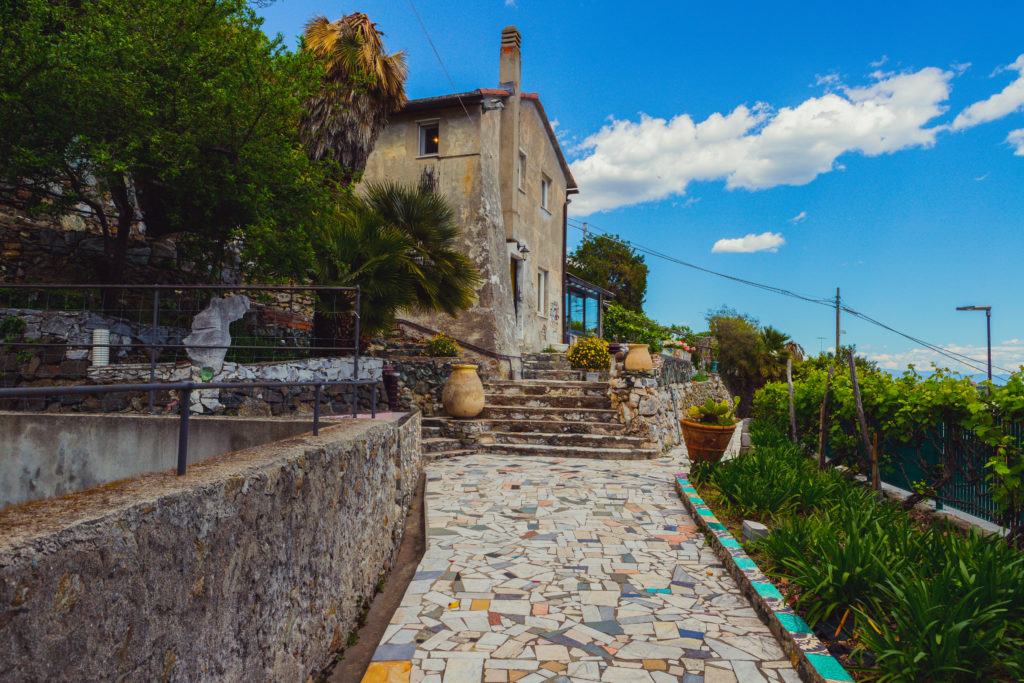

In 1973, Asger Jorn bequeathed his house to the Municipality of Albissola Marina, with the desire that it could become a museum and a place of reference for the Albissolese. After the death of Berto Gambetta and Teresa Saettone, who were usufructuary lifetimes according to the testamentary indications of the Dane, and following a rapid obsolescence and deterioration of the garden, starting from 2000 a long and complex restoration and museumization operation began, which ended in 2014 with the reopening of the site as “Casa Museo Jorn”.
House
Atelier
Le Jardin d'Albisola
The maison passionnante of Albissola, the only Situationist architecture that was actually built, became the subject of a book conceived by Jorn, the sole document left by the Danish concerning his house with garden. Le Jardin d’Albisola, the graphic layout of which was curated by Ezio Gribaudo for the Fratelli Pozzo’s “Edizioni d’Arte”, was published in 1974 and mainly contained images of the garden (taken by Tito Topasio of Foto Ottica Bartoli), which Jorn transformed into a sort of setting for his sculptures produced at the local ceramic factories, while the texts were written by Alberico Sala and Guy Debord, introduced by the letter from Ezio Gribaudo, dated 4th April 1973, which the Danish never read, passing away on 1st May of that year in his homeland, shortly after having approved the moke-up brought to Aarhus’s hospital by Berto Gambetta. This valuable testimony places the accent on the importance of nature and organicity, allowing us to observe the house and the garden through the eyes of the artist and rediscover the magic and the poetry of that place.
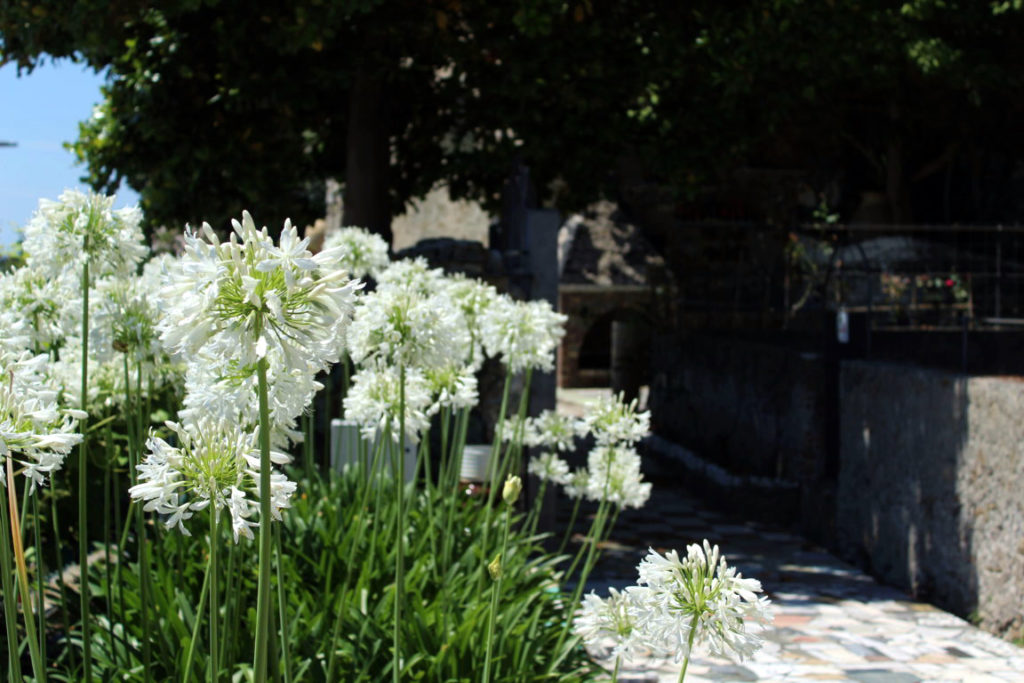
Do you know Asger Jorn’s personal and artistic life? The Danish artist arrived in Albissola Marina in 1954. From that moment, a special connection was born between Jorn and Albissola, which accompanied him throughout his life
Visit
Hours, guided tours, education, how to reach us: everything you need to know to discover Jorn’s genius.


